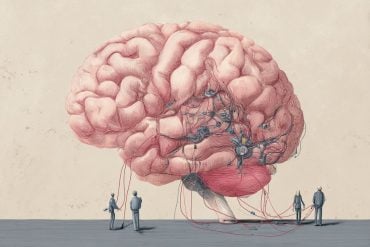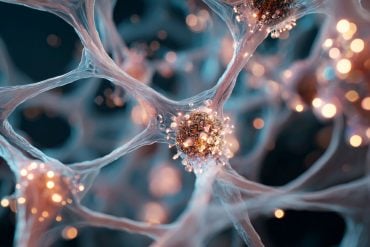Summary: A new study suggests that perceived increases in evolutionary rates over short time periods might be due to statistical noise rather than inherent biological processes. Researchers found that this “hyperbolic” pattern, often seen in younger species groups, does not indicate faster evolution but results from the variability in the data.
The findings challenge previous theories of evolutionary acceleration and highlight the importance of accounting for biases in biodiversity interpretations. This study paves the way for rethinking how evolutionary rates are analyzed over time.
Key Facts:
- Evolutionary rate acceleration may stem from statistical noise, not biological factors.
- Younger species groups appear to evolve faster, but the effect is likely a data anomaly.
- The study suggests a new approach is needed in analyzing biodiversity patterns.
Source: University of Arkansas
For decades, researchers have observed that rates of evolution seem to accelerate over short time periods – say five million years versus fifty million years. This broad pattern has suggested that “younger” groups of organisms, in evolutionary terms, have higher rates of speciation, extinction and body size evolution, among other differences from older ones.
Evolutionary processes appear to operate at different time scales, perhaps necessitating the need for a new theory linking microevolution and macroevolution. The larger question has tantalized scientists: why?
There are plausible explanations. A new species may inhabit a new island chain, allowing for more variation as it spreads into new niches. An asteroid may hit the earth, increasing extinction rates. Perhaps species evolve to an “optimal” trait value and then plateau.
A paper published in PLOS Computational Biology now proposes an entirely new explanation for understanding this evolutionary pattern: statistical “noise.” The paper, “Noise leads to the perceived increase in evolutionary rates over short times scales,” was written by Brian C. O’Meara, a professor in the Department of Ecology and Evolutionary Biology at the University of Tennessee, and Jeremy M. Beaulieu, an associate professor of in the Department of Biological Sciences at the University of Arkansas.
The authors note that “by employing a novel statistical approach, we found that this time-independent noise, often overlooked as inconsequential, creates a misleading hyperbolic pattern, making it seem like evolutionary rates increase over shorter time frames when, in fact, they do not.
In other words, our findings suggest that smaller, younger clades [groups with common ancestors] appear to evolve faster not due to intrinsic properties but because of statistical noise.”
The study blends math, statistics and biology to show that this long-held hyperbolic pattern is an anomaly because it doesn’t account for the fact that all species on earth are defined as much by their unique traits as the variation that exists in those traits.
It’s a common principle in science that the simplest possible explanation to fit the data is usually the right one. Evolution taking place on completely different time scales is far less likely than noise in the numbers.
Ultimately, the study underscores the critical importance of accounting for inherent biases and errors in interpreting biodiversity patterns across both shallow and deep time scales.
In an unpublished summary of their work, the authors note that “[o]ur results might be seen as upsetting: a pattern that could have launched a thousand papers with really interesting biological hypotheses can be explained as an artifact.
“However, this is actually progress – we have explained a common pattern we see in the world. Biology is rich in mysteries: actually answering one lets us move on to the next. There are still many questions about biological rates, but the current paradigm of plotting rates against time should probably end.”
About this evolutionary neuroscience research news
Author: Hardin Young
Source: University of Arkansas
Contact: Hardin Young – University of Arkansas
Image: The image is credited to Neuroscience News
Original Research: Open access.
“Noise leads to the perceived increase in evolutionary rates over short time scales” by Jeremy Beauliefu et al. PLOS Computational Biology
Abstract
Noise leads to the perceived increase in evolutionary rates over short time scales
Across a variety of biological datasets, from genomes to conservation to the fossil record, evolutionary rates appear to increase toward the present or over short time scales.
This has long been seen as an indication of processes operating differently at different time scales, even potentially as an indicator of a need for new theory connecting macroevolution and microevolution.
Here we introduce a set of models that assess the relationship between rate and time and demonstrate that these patterns are statistical artifacts of time-independent errors present across ecological and evolutionary datasets, which produce hyperbolic patterns of rates through time.
We show that plotting a noisy numerator divided by time versus time leads to the observed hyperbolic pattern; in fact, randomizing the amount of change over time generates patterns functionally identical to observed patterns.
Ignoring errors can not only obscure true patterns but create novel patterns that have long misled scientists.







